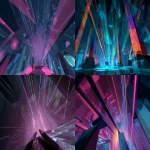Explore the Best AI Image Gallery
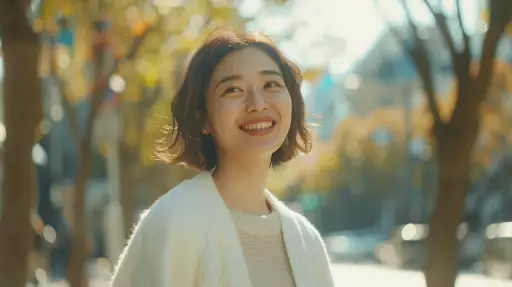
Pixels and Threads: Exploring the Intersection of AI-Generated Images and the Art World
The art world is undergoing a seismic shift. A new force has emerged – artificial intelligence (AI), capable of generating breathtakingly realistic and imaginative images. This technology, fueled by machine learning algorithms, is transforming how we create, perceive, and interact with art, sparking both excitement and controversy.
AI-powered image generation tools have rapidly become accessible to a wide range of users, from hobbyists to professional artists. These platforms, often employing deep learning architectures like Generative Adversarial Networks (GANs), allow individuals to input text prompts or modify existing images, resulting in unique and often surreal visual outputs.
The Impact on the Creative Industry
The implications of AI-generated imagery for the creative industry are profound. On one hand, it presents a powerful new tool for artists, enabling them to explore novel concepts, overcome technical limitations, and streamline their workflow. Imagine an artist sketching out a concept, then using AI to instantly generate variations or refine details, freeing up time for conceptual exploration and artistic refinement.
However, this technology also raises concerns about the future of human creativity. Will AI replace artists? Will the influx of readily available images devalue the skill and effort behind hand-crafted art?
Potential Uses: Beyond the Canvas
The applications of AI-generated images extend far beyond traditional fine art. Imagine:
- Design and Marketing: Creating unique visuals for branding, advertising, and product design, tailoring content to specific demographics or preferences.
- Entertainment and Gaming: Generating immersive landscapes, characters, and objects for video games, virtual reality experiences, and cinematic special effects.
- Education and Research: Visualizing complex data sets, creating interactive learning tools, and exploring scientific concepts through imaginative imagery.
Ethical Considerations: Navigating Uncharted Territory
As with any powerful technology, AI-generated images raise ethical questions that require careful consideration:
- Copyright and Ownership: Who owns the rights to AI-generated images? Is it the creator of the algorithm, the user who provides the prompt, or the AI itself?
- Bias and Representation: AI algorithms are trained on vast datasets, which can perpetuate existing biases. How do we ensure that AI-generated imagery reflects diverse perspectives and avoids harmful stereotypes?
- Authenticity and Transparency: As AI-generated images become increasingly sophisticated, it becomes harder to distinguish them from human-created works. How do we maintain transparency and inform viewers about the origin of an image?
The Future of Art in the Age of AI
The future of art in the age of AI is a complex and evolving landscape. While some may fear that AI will diminish human creativity, others see it as a powerful tool for collaboration and innovation. Perhaps the most likely scenario is a hybrid future where artists and AI work together, leveraging each others strengths to create new forms of artistic expression.
The key lies in embracing ethical development and responsible use of AI. By addressing the challenges and harnessing the potential of this technology, we can ensure that AI-generated images enrich the art world and inspire future generations of creators.
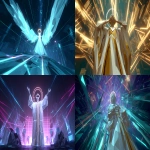
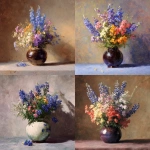
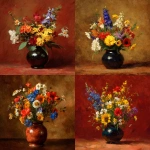


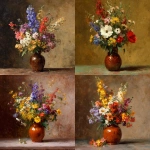
](https://images.ai-img.art/thumbnails/150/05654f70ed91bfff26b57ce7abcba9e59fdcb86339c5db1e44e4cf6451b028b0.webp)
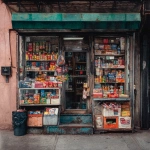
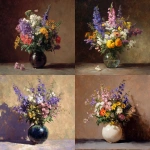
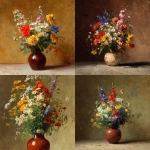
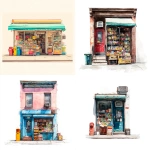
](https://images.ai-img.art/thumbnails/150/02120d31d5771fadbd25ea482d4fea0a00db4203579724231b752a52fe0e7e4c.webp)
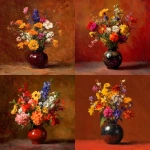
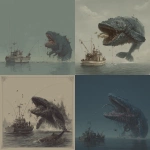
](https://images.ai-img.art/thumbnails/150/d09aea54eca5de3b78e08fd836012ff6a23d17835a2473c901b4859073a93cf2.webp)
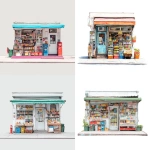
](https://images.ai-img.art/thumbnails/150/0eba954f29355e6fd5353c2b3fcbedd909f8a5e462d0a5982880af5bb19a12ad.webp)
](https://images.ai-img.art/thumbnails/150/f88682ac7749bbd2e80ef281a2f196215a7d5515866a6925e1ee15ccea1b2e8e.webp)
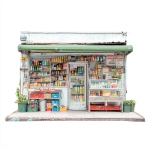
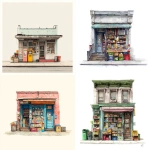

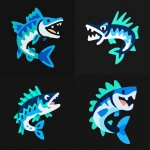
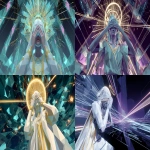
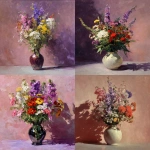
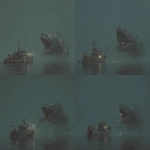

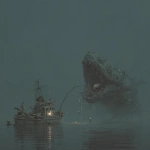
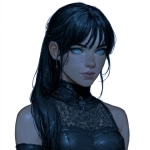
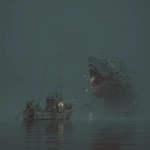
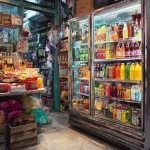

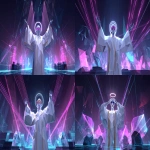
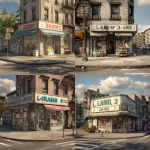

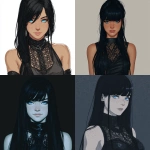
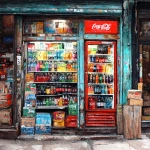
](https://images.ai-img.art/thumbnails/150/886c07228472ed209e01fcf32d6d4d1d2d7577280258b4c2a2c7db7ec749b95c.webp)
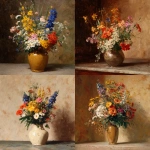
](https://images.ai-img.art/thumbnails/150/48bc6595bd726455bbeb1f2fef65efdd36a6264de2d9e253f6c5f9fd00dbbd21.webp)
](https://images.ai-img.art/thumbnails/150/058e808da703f55c4c6ff9009cfceb51153628ffc94cb42ddb9627ece60c5b3c.webp)
](https://images.ai-img.art/thumbnails/150/b23568689bdc550e1f653d225620666e319e1ef840eb35121c2ff61ea639a6f6.webp)

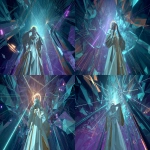
](https://images.ai-img.art/thumbnails/150/072fd597f9213821953f6a8e2e7ac3e3569f1c69444b6b2502bf31525fc98576.webp)
](https://images.ai-img.art/thumbnails/150/5fe4e4a0b755f7ee536875c4418d1307af56f0b399cc9459f01ca7b2307f906c.webp)
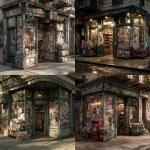
](https://images.ai-img.art/thumbnails/150/252bd2057e5882209a393dc6a7b2f5b238c67f12dc0401608867543ab2acf39b.webp)
](https://images.ai-img.art/thumbnails/150/db8c0ceb5fc7105e6e975a02df61497f198371c8de6a53c7867f346b1708c13a.webp)
